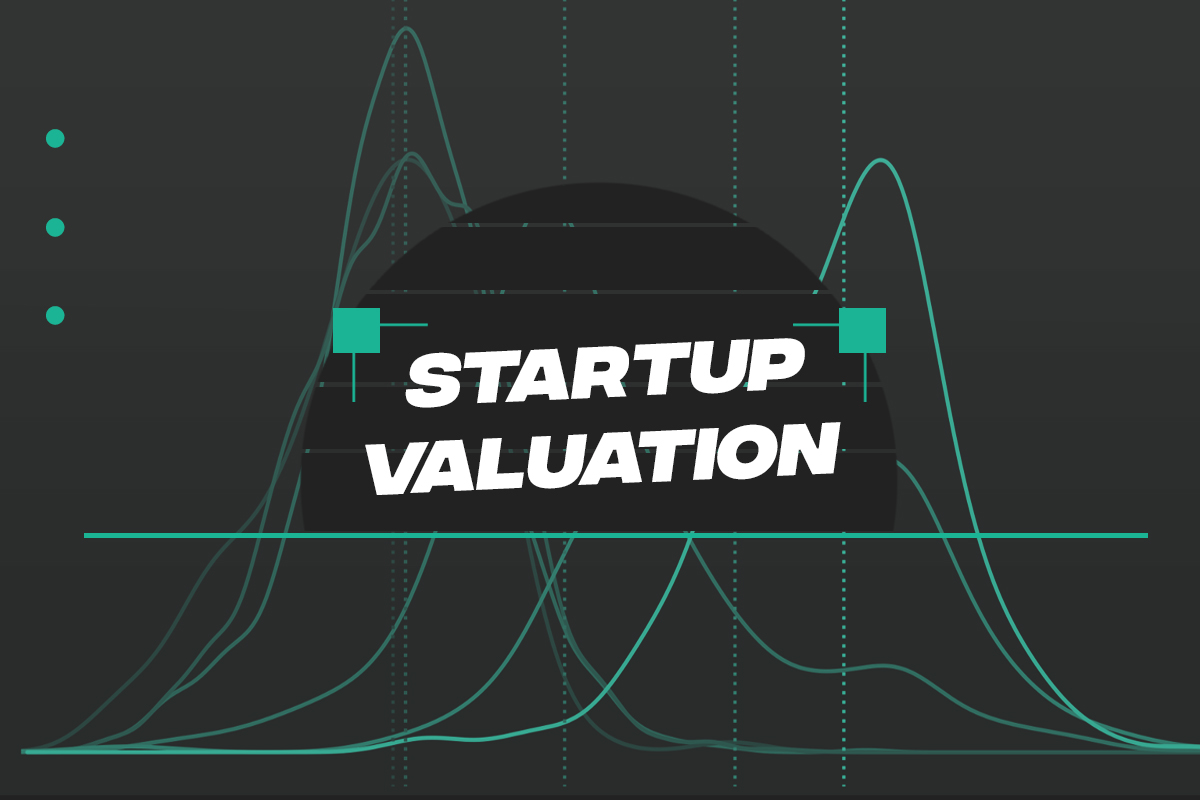During the lifecycle of a startup going from the initial idea, over creating the first prototype, realizing first revenues till the phase of scaling up business many startups will face financial challenges. As the most startups are not able to finance their early activities from own cashflow, they are dependent on external backing in terms of money. Next to bootstrapping or raising loans, many startups are willing to sell shares of their company to investors to raise this money. Those investors may be family or friends, business angels or venture capital fonds. But no matter who the investor might be, the question which needs to be answered first is: “What is the value of my startup?”. And indeed, this question is not as easy to answer as it might sound.
As startups are young companies not yet realizing great revenues or profits a lot of approaches for valuing companies are not matching requirements. Understanding this points out how important it is to understand the state of the company as there are approaches to value early-stage startups such as startups in later stages. Generally, those approaches can be split into two categories.
The first category is named Qualitative Methods. Those methods are focusing on understanding the individual strengths of the company in terms of team, business idea and model such as market, in comparison with other established companies serving the same or similar markets. Since this group of categories is not based on any financial forecasts or financial results of past years they are mostly preferred when valuing an early-stage business.
The most popular methods from this category are the Scorecard Method such as the Checklist Method. What both methods are having in common is that they are starting by rating the startup in several categories (e.g. team, business idea etc.) in form of a survey. Furthermore, as not each category is considered equally relevant, the categories are weighted with a certain factor. Even though both methods are quite similar in this way of rating a startup they differ when it comes about converting the rating into figures.
The Scorecard Method starts with the average valuation of comparable startups at the same point in life cycle. If one of the categories is rated above average this category increases the startup’s value based on the defined average valuation and if a category is rated below average this category is decreasing the valuation of the startup.
Meanwhile the Checklist Method starts with the maximum valuation of a comparable startup. Therefore, all categories can only obtain the value of the startup compared to the maximum and if they are rated below benchmark the rating decreases value.
The second category is called Quantitative Methods. Already from the name we can see that those methods pretend to be more based on financial prognosis and past year results that the soft facts of a company. Therefore, those methods are much easier to apply on later stage startups. Mostly when thinking about Quantitative Methods we are talking about variations of the Discounted-Cashflow-Method (DCF) or the Venture Capital Method. DCF-Methods are taking the forecasted future cashflows and convert them into a today’s net worth by using factors like average interest rates on capital marked and further risk factors resulting in a value representing the startup’s present net value.
However, DCF-Methods such as Venture Capital Method are group together, they are not having too much in common. The Venture Capital Method is based on the investors expected returns in a defined period. Therefore, the method starts by defining a prognosed exit value. Using average interest rates and risk factors this exit value is based down to the today’s post-money value. By subtracting the required amount of capital from this net value you are receiving the startup’s value.
As all named methods have their advantages and disadvantages, in business context they are often used in combination. This combined usage is often called the football field approach. Within this approach multiple methods are calculated and put together in a weighted average based on the current stage of the company.
Are you having problems valuing your startup? Try my free online startup valuator! This web-based tool leads you through the relevant steps to determine the value of your startup. The tool uses five different methods such as Scorecard, Checklist, DCF (in two variants) and Venture Capital.
